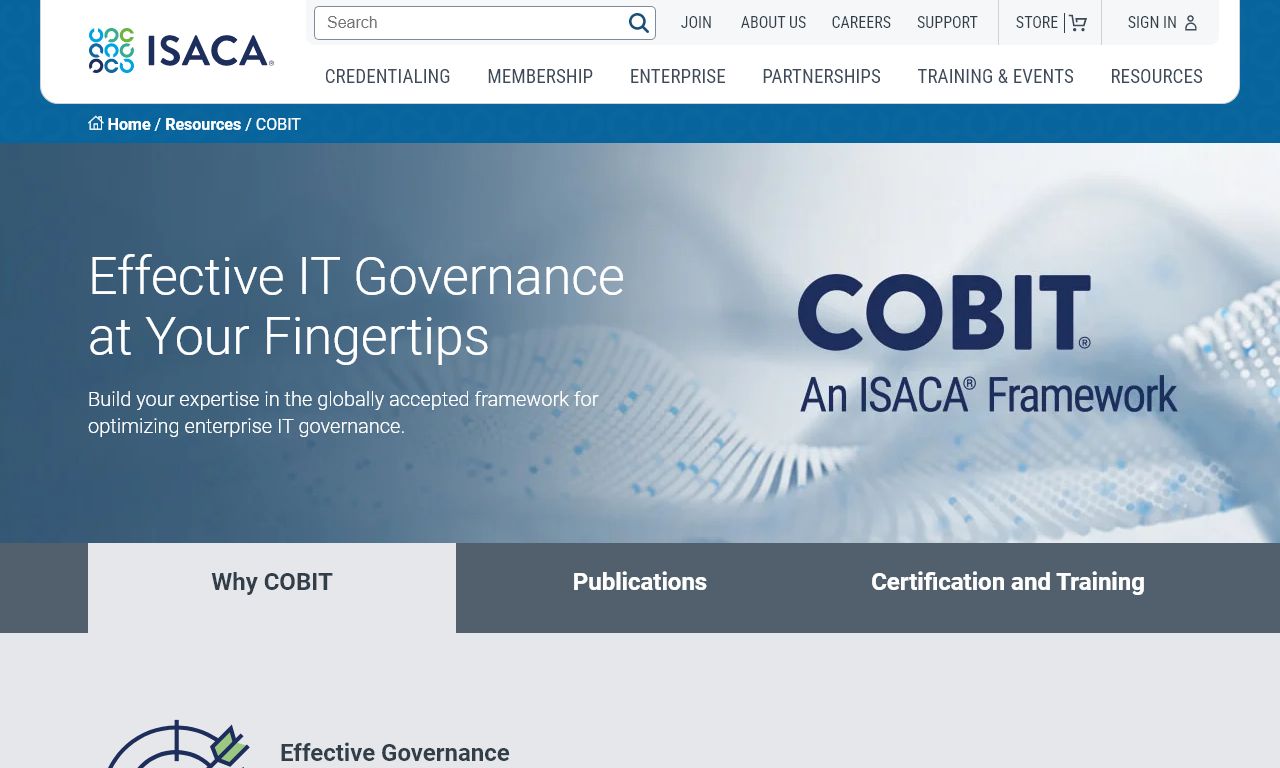Spaced repetition is a proven learning method that helps you remember information long-term by reviewing content at gradually increasing intervals.
How Spaced Repetition Works
When you learn something new, your brain needs multiple exposures to move that information from short-term to long-term memory.
The ideal review schedule follows an expanding pattern: first review after 1 day, then 3 days, 7 days, 14 days, and so on.
Getting Started with Spaced Repetition
- Break study material into small, manageable chunks
- Create flashcards or use spaced repetition software
- Set up a regular review schedule
- Track your progress
Recommended Spaced Repetition Tools
- Anki (Free, except iOS) – Most popular option with extensive customization
- Quizlet (Free/Premium) – User-friendly interface with pre-made study sets
- RemNote (Free/Premium) – Combines note-taking with spaced repetition
Tips for Success
- Keep cards simple – one concept per card
- Add images and mnemonics when possible
- Review cards daily, even if just for 10 minutes
- Create your own cards for better retention
Common Mistakes to Avoid
- Creating overly complex cards
- Skipping scheduled reviews
- Reviewing too many new cards at once
- Passive reviewing without active recall
Sample Study Schedule
| Time Period | Review Interval |
|---|---|
| Day 1 | Initial learning + same-day review |
| Day 2 | First review |
| Day 4 | Second review |
| Day 8 | Third review |
For additional support and resources, visit the Anki website or join the Anki Reddit community.
Measuring Progress
Track your retention rate through your spaced repetition software and adjust review intervals based on your performance.
Most apps provide analytics to help identify challenging topics that need more attention.
Advanced Techniques
- Use cloze deletions for context-rich learning
- Implement memory palaces with spaced repetition
- Create bidirectional cards for language learning
- Set up deck hierarchies for organized studying
Integration with Other Study Methods
- Combine with the Pomodoro Technique for focused study sessions
- Complement with mind mapping for visual learning
- Use Cornell note-taking method for initial content organization
- Incorporate active recall through self-testing
Digital vs. Physical Implementation
While digital tools offer automation and analytics, physical flashcards can provide tactile learning benefits and reduce screen time.
Digital Benefits
- Automated scheduling
- Progress tracking
- Cloud synchronization
- Multimedia integration
Physical Benefits
- Better handwriting retention
- No technology dependencies
- Reduced eye strain
- Greater flexibility in card organization
Long-term Maintenance
Regular system maintenance ensures continued effectiveness:
- Archive mastered content
- Update cards with new information
- Remove outdated or irrelevant materials
- Adjust intervals based on performance data
Conclusion
Spaced repetition remains one of the most efficient learning methods available. Success depends on consistency, proper implementation, and regular system maintenance. Whether using digital or physical tools, the key is to maintain a sustainable practice that fits your learning style and schedule.
Remember to start small, build gradually, and adjust your approach based on personal results. With dedication and proper technique, spaced repetition can dramatically improve your long-term retention of any subject matter.
FAQs
- What exactly is spaced repetition and how does it work?
Spaced repetition is a learning technique that involves reviewing information at gradually increasing intervals. It works by presenting material just as you’re about to forget it, strengthening memory retention through optimal timing of reviews. - How much more effective is spaced repetition compared to traditional studying?
Research shows spaced repetition can increase memory retention by 200-400% compared to cramming or single-session studying. Studies indicate it’s particularly effective for long-term retention of factual information. - What types of material work best with spaced repetition?
Spaced repetition works best with factual information, vocabulary, definitions, formulas, dates, and any discrete pieces of information. It’s particularly effective for languages, medical studies, law, and sciences. - What are the best spaced repetition apps and software available?
Popular and proven spaced repetition software includes Anki, SuperMemo, Quizlet, Memrise, and RemNote. Anki is particularly well-regarded in academic circles for its flexibility and evidence-based algorithm. - How should I schedule my spaced repetition intervals?
A typical schedule starts with reviewing after 1 day, then 3 days, 7 days, 14 days, and so on. Most software automatically adjusts these intervals based on how well you recall the information. - Is it better to create my own flashcards or use pre-made decks?
Creating your own cards is generally more effective as the process of making cards helps with initial learning. However, quality pre-made decks can be useful for standardized content like language learning or medical terminology. - How many new items should I add to my spaced repetition system daily?
For most learners, adding 20-30 new items per day is sustainable. This number should be adjusted based on your available study time and the complexity of the material. - How does spaced repetition affect test performance?
Studies show that students using spaced repetition typically score 10-30% higher on exams compared to using traditional study methods, with particularly strong results in retention-heavy subjects. - Can spaced repetition be combined with other study techniques?
Yes, spaced repetition works well with active recall, mind mapping, the Feynman technique, and other evidence-based learning methods. It’s most effective when used as part of a comprehensive study strategy. - What’s the minimum time commitment needed for spaced repetition to be effective?
For meaningful results, commit to at least 15-20 minutes daily for reviews. Consistency is more important than session length, and shorter daily sessions are more effective than longer irregular ones.










